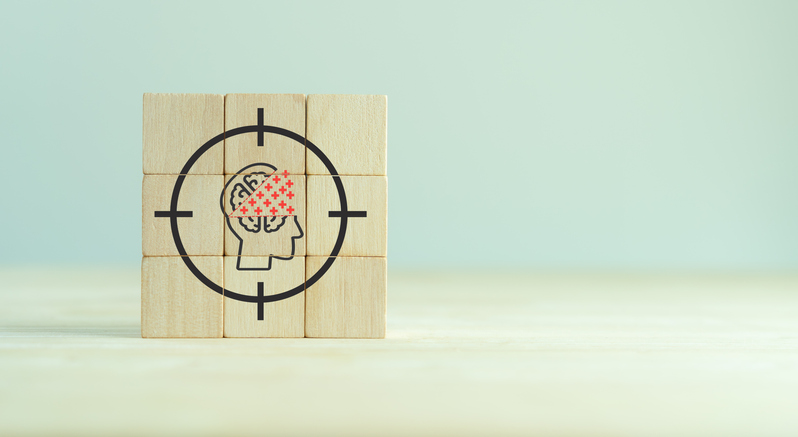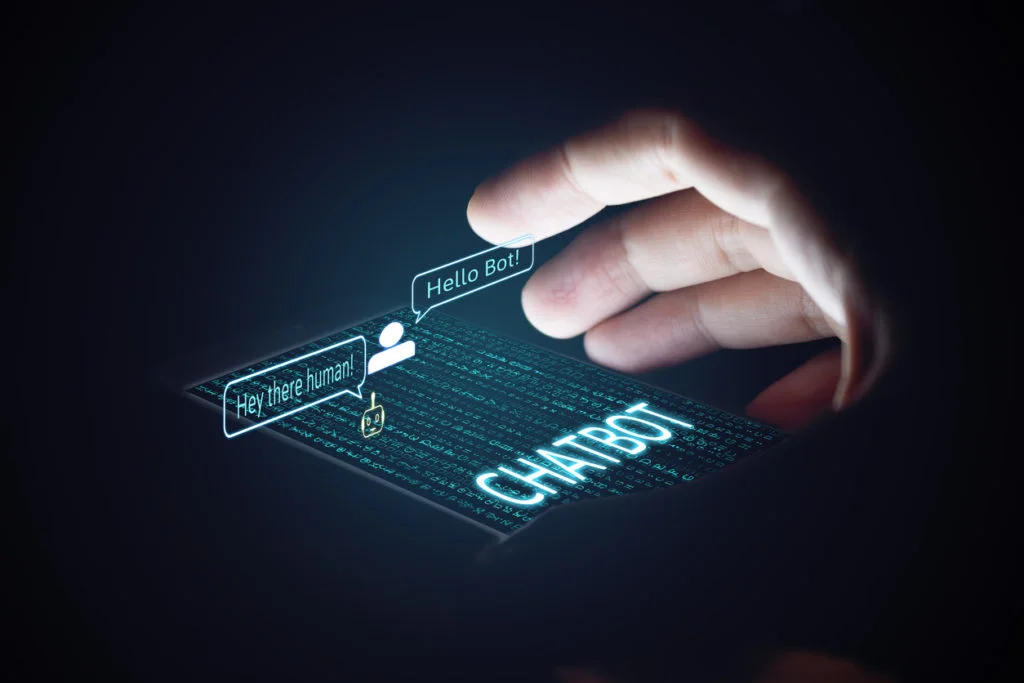The comprehensive integration of Information Technology assets has long been a challenge for companies of all sizes and industries. Not only do technologies need to be integrated, but they need to be integrated in such a way as to reduce the administrative and IT burden while keeping costs low and fostering innovation.
The comprehensive integration of Information Technology assets has long been a challenge for companies of all sizes and industries. Not only do technologies need to be integrated, but they need to be integrated in such a way as to reduce the administrative and IT burden while keeping costs low and fostering innovation. IT integration has evolved with IT technology, and there are many new opportunities for increased efficiency and productivity.
The diagram in the article header illustrates the evolution of systems integration techniques and platforms.
Custom Development
In the early days of IT integration custom development was the primary method of integration. Data and applications were integrated through custom developed programs that would interface between multiple modules. While this created a unique solution for every company, it was both cost and resource intensive. Further, it stifled innovation and caused many issues throughout the IT industry, as being very knowledgeable in one company’s systems did not necessarily make you knowledgeable in another company’s IT infrastructure. There were very few one size fits all solutions.
Enterprise Architecture Integration
By the mid-1990s, the foundation of enterprise architecture integration has been developed; a framework that allowed a single application to operate as the middleman between other applications. However, at this time the solutions weren’t always comprehensive — not everything could be integrated into a single system — and they usually carried a significant overhead. Further, these products were usually used for a specific business purpose, such as to streamline supply chain management, rather than to improve overall IT efficiency.
Web Services and Enterprise Service Bus
From the 2000s on, web services became the primary methods of consolidating an IT infrastructure. Web services became increasingly popular due to the universal vendor-agnostic interface definition language that fostered integration between organization internal systems as well as external service providers.
The enterprise service bus, known as the ESB, provided the ability to consolidate services through a centralized entity; everything was connected directly to the enterprise service bus and the ESB routed data as necessary. While this provided increased flexibility and scalability, it also slowed down communication times and increased overhead.
Integration-Platform-as-a-Service (iPaaS)
Integration-platform-as-a-service is the latest link in the systems integration evolution. It allows a company to integrate their entire IT system through a software-as-a-service architecture. Rather than hosting integration platform in-house, iPaaS delegates all the complexity to a 3rd party vendor. Such architecture provides immediate access to the latest product features, decreases maintenance overhead and ensures extended resources availability. iPaaS is the natural extension of the popularity of SaaS deployment, allowing SaaS solutions to be integrated into a singular platform through a comprehensive and consolidated system.
iPaaS operates as a complete integration platform. In the past, integration was mostly tackled from a business standpoint — it was designed to deliver convenience to the end users but usually increased IT overhead. iPaaS is designed to create a solution that both emphasizes IT productivity and creates a solid enterprise environment. The iPaaS includes adapters for different applications, operating systems and data platforms that allows to create integration points without developing any custom code. IT professionals can monitor the traffic flowing through the system architecture through a comprehensive dashboard system intended to reduce the IT burden and increase the overall efficiency of integration administration.
Achievion Solutions expertise
Systems integration is one of the core services offered by Achievion. With vast expertise in all of the above integration techniques, our solutions architects start to switch gears towards utilizing MuleSoft CloudHub, a cutting-edge iPaaS that has been ranked as a leader in the industry by Gartner. iPaaS offers many incredible benefits, especially for companies that already have an emphasis on Software-as-a-Service solutions.









